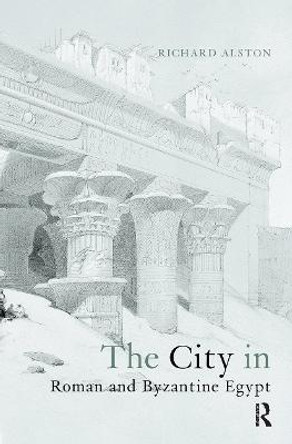Description
Exploring the intriguing interplay between tradition and modernity in the 19th-century capitals of London, Athens and Rome, Richard Alston delves into the political and architectural choices that shaped these cities as representations of self-consciously modern nations. Politicians and architects invested in classical styles in their efforts to break with traditions and assert new values. Classical style was employed to address questions of urbanism and nation, citizenship and belonging, and history and civilization. The story of 19th-century architectural Classicism offers a compelling narrative of utopian dreams clashing with authoritarian politics to generate the complexities of modern urban landscapes.
Through these three case studies, this book illuminates how Classicism became a potent tool for expressing elitist nationalism in London, excluding Greeks from their own capital in Athens, and reinforcing aspiration to a technocratic, new Rome. As such grand visions collided with modern urban realities, Alston unravels the mythic allure and ultimate failure of these utopian endeavours. This book presents a riveting exploration of the architectural choices that reflected the aspirations and challenges of a rapidly changing world, leaving a lasting impact on the capitals and their nations.
Explores how and why the new national capitals (London, Athens and Rome) of the nineteenth century deployed classical architectural forms to represent an idealised urban and national community.
About the Author
Richard Alston is Professor of Roman History at Royal Holloway, University of London, UK. He is author and editor of several books including The City in Roman and Byzantine Egypt (2001), and has published articles on the classical influences on modern urbanism, city planning and political theory.
Reviews
This is the story of how Western architecture grappled with classicism while the promise of the new struggled to gain traction in key European cities-and how the modern movement ultimately triumphed. Exploring London, Athens, and Italy, particularly under fascist rule, Alston persuades us that the old movement had more to offer than it seemed. -- Diane Ghirardo, Professor of the History and Theory of Architecture, University of Southern California, USA
Book Information
ISBN 9781350445314
Author Richard Alston
Format Hardback
Page Count 240
Imprint Bloomsbury Academic
Publisher Bloomsbury Publishing PLC




